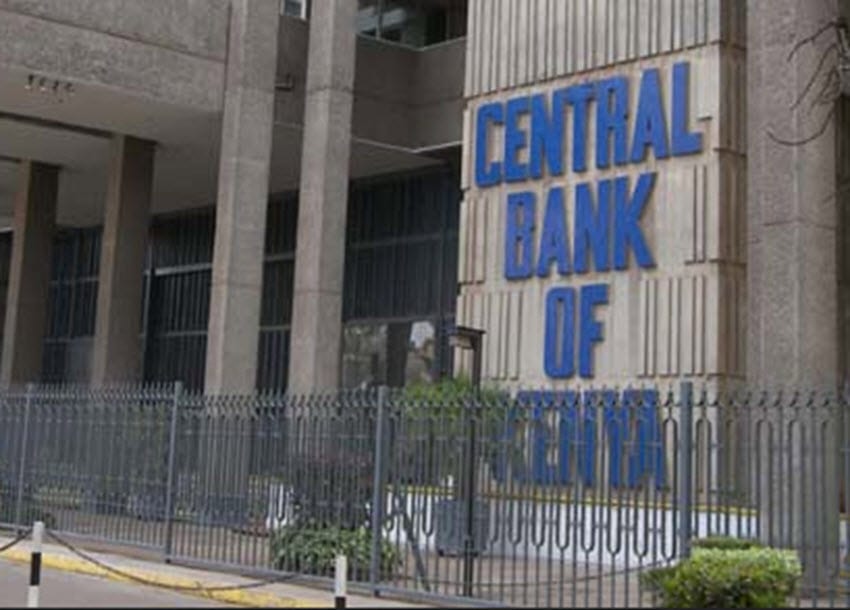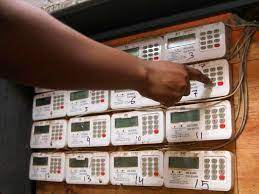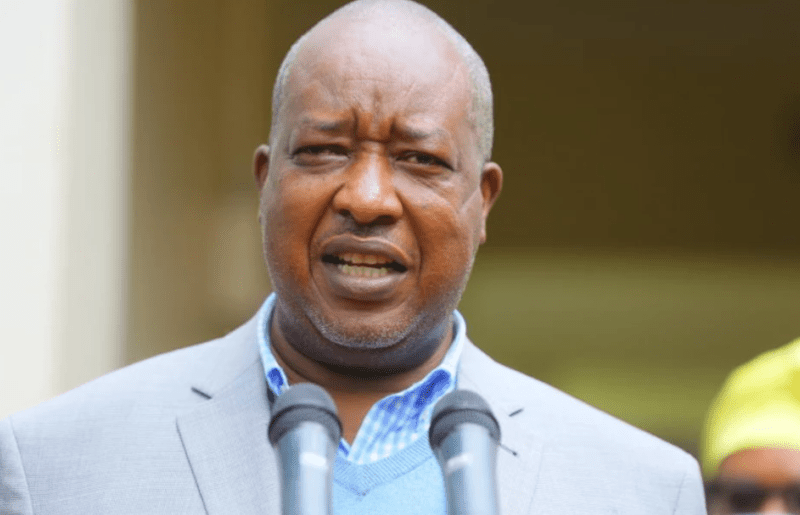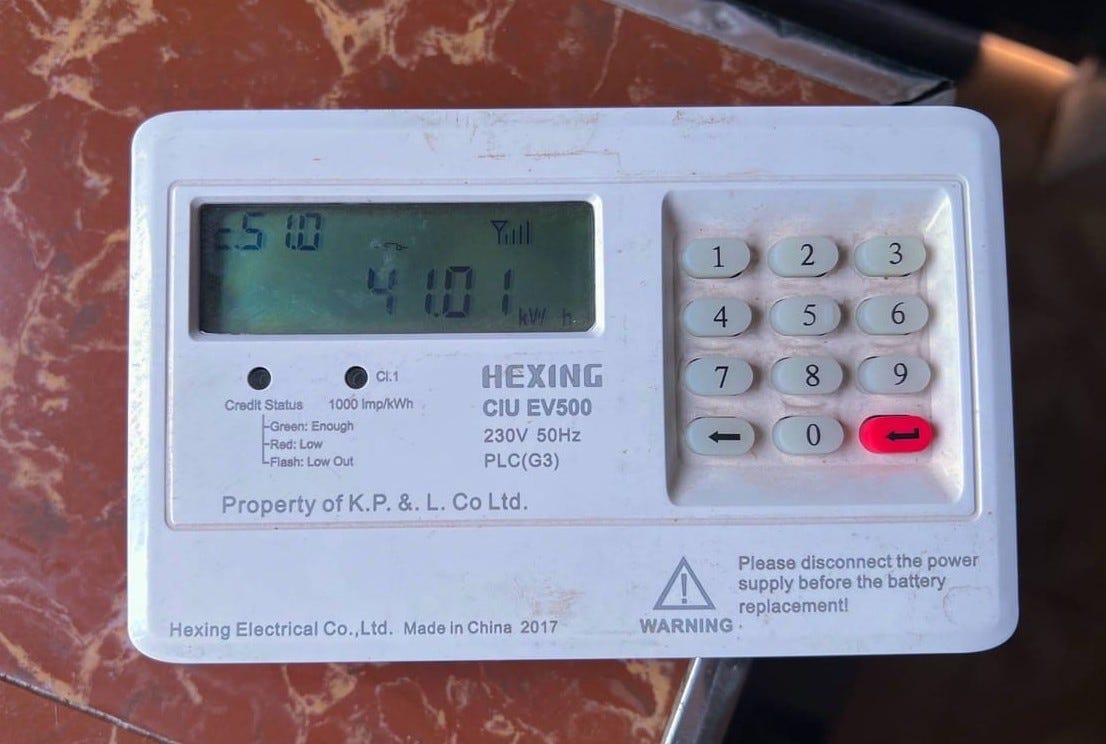Kenya’s debt hits historic Sh10.8 trillion amid rising fiscal pressures

Kenya's growing debt burden has been a focal point this year, with figures highlighting a steady rise in the country's debt levels throughout 2023 to date.
The latest data update by the Central Bank of Kenya (CBK) shows the country's debt stood at Sh10.8 trillion as of September this year, a five per cent jump from Sh10.3 trillion early in the year.
More To Read
- Kenya Kwanza adds Sh3 trillion to national debt in three years, CBK reveals
- CBK warns of rising debt distress, urges fiscal coordination
- World Bank upgrades Kenya’s growth outlook to 4.9 per cent, warns of elevated risks
- National Treasury secures Sh437.8 billion loan to plug budget deficit
- MPs question rising debt despite Treasury’s reduced CBK borrowing
- CBK data shows Sh344 billion decline in mobile money transactions, steepest drop in 18 years
Notably, the levels rose past the then-set debt ceiling of Sh10 trillion mark in June last year.
According to the apex bank, Kenya's public debt hit Sh10.027 trillion in the last week of June 2023, effectively breaching the statutory debt ceiling which was set in June 2022 for the 2022/2023 financial year.
At the same time, the country's Parliament approved the conversion of the current Sh10 trillion debt ceiling with a debt anchor as a percentage of GDP, fulfilling some of the IMF conditions for the country.
The move, however, compromises the government's bid to comply with the East African Community's debt target of 50 per cent of GDP.
Kenya's National Assembly's Public Debt and Privatisation Committee set the public debt threshold at 55 per cent of the GDP in present value terms.
The Committee further provided a window not exceeding five per cent to accommodate the current public debt to the GDP threshold of 60 per cent.
This, effectively, means that the country's debt limit will be a moving target from an absolute figure with the present value of debt as a percentage of GDP to represent the current debt value in contrast to the current value of future cash flows.
With the debt levels at their historic highs, persistently higher interest rates during the 2023/24 Financial Year, raised the cost of servicing debt, adding to fiscal pressures and posing risks to the country's financial stability.
Data by the National Treasury shows the country's debt servicing costs rose by Sh435 billion on weak shilling in the Financial Year ending June 2024.
The report revealed that the exchequer released Sh1.59 trillion to service domestic and external debt in the financial year, up from Sh1.16 trillion in the previous year.
In other terms, the total debt servicing as a share of ordinary revenue rose to 68.3 per cent, compared to 58.8 per cent in the 2022-23 financial year, underscoring the pressure that debt servicing is placing on the country's finances.
In February this year, President William Ruto expressed concern over the country's growing debt burden, emphasising its negative impact on the budget allocations for essential sectors like education and healthcare.
He noted that for every Sh10 Kenya Revenue Authority (KRA) collected, Sh7 was going to debt servicing.
This trend mirrors a broader pattern observed globally, particularly in developing nations, where escalating debt obligations have become a growing concern.
According to the World Bank's latest International Debt Report, these countries collectively spent a record $1.4 trillion on servicing foreign debts in 2023, a figure driven by sharply rising interest costs that reached a 20-year high.
"This surge in debt servicing has put immense pressure on national budgets, forcing governments to scale back on vital public services," the lender says.
It further explains that in many developing nations, including Kenya, the mounting debt has led to tough trade-offs, with funding for essential sectors like healthcare, education and environmental protection being squeezed.
"The result, for many developing countries, has been a devastating diversion of resources away from areas critical for long-term growth and development such as health and education."
Top Stories Today














































